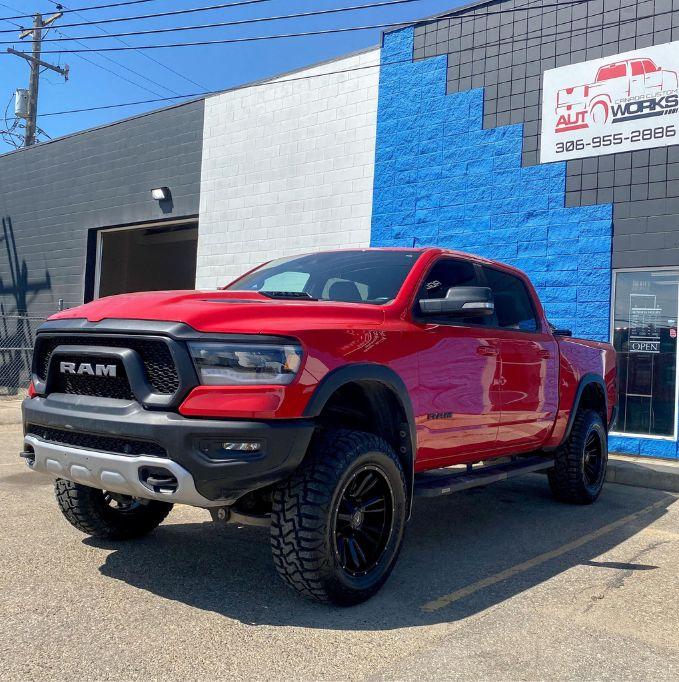“High-performance tires” sounds like a marketing flourish - why not call them “maximum utility tires” or “super sick tires”?
There’s a good reason. High-performance tires - now often called ultra-high performance or UHP tires - are designed to be used with high-performance vehicles. These vehicles are built with above-average acceleration and top speeds, and they’re capable of tighter cornering and more aggressive braking.
Standard tires won’t cut it on a high-performance vehicle - that’s where UHP tires come into the mix.
But what are UHP tires made of? How do they help improve the performance of your vehicle? And, perhaps most importantly, can you just slap UHP tires on your stock 2012 Honda Civic and start racing down the roadway?
We’re going to answer all those questions and more. Let’s get rolling!
What are high-performance tires made of?
All tires are made of rubber compounds, and UHP tires are no exception. It’s what goes into these compounds and how they’re made that changes.
UHP tires are generally designed to be used in warm or hot conditions. They feature a softer rubber than standard tires, which offers improved grip. Some UHP tires even use a formulation similar to racing tires - these are often referred to as r-compound (racing compound) tires.
As UHP tires heat up, they become grippier. As such, UHP tires aren’t designed to be used in the winter months. There are, however, “all-season” UHP tires that can be used in the rain; they’re not designed to be used in our harsh prairie winters, however.
There are other differences between UHP tires and standard tires - they may feature shorter sidewalls, larger, more aggressive tread blocks, and a wider, stiffer apex.
How do high-performance tires improve performance?
The soft rubber compound and overall design of high-performance tires improve grip. Better grip means better traction, which means better handling. UHP tires also offer better heat dispersion than regular tires - an important feature because the friction of keeping these high grip tires on the road at high speeds is going to create a lot of heat.
Braking, turning, and acceleration are all improved when you use high-performance tires. All of these improvements come at a cost, however.
The disadvantages of high-performance tires
High-performance tires are designed for high-performance vehicles. As such, if you don’t plan on racing in competitions or gunning it down the Autobahn in a souped-up sports car, UHP tires might not be for you.
UHP tires wear out much faster than standard all-season tires. What’s more, non-performance vehicles aren’t built to handle the higher g-forces created by UHP tires. As such, using performance tires on non-performance vehicles can lead to excess wear and tear.
There are other downsides to high-performance tires - rides are less smooth, and you may not be able to use your tires in wet conditions. You’ll have to check with the tire manufacturer - different UHP tires are designed for different conditions.
And, as a reminder, UHP tires are not designed for Canadian prairie winters. When high-performance winter tires become available, we’ll let you know.
Looking for high-performance tires? Visit Canada Custom Autoworks
Even with the disadvantages of high-performance tires, they’re absolutely essential for getting the most out of your sports car or another high-performance vehicle. Not a smooth ride? Who cares! You get to feel the road, take tight corners, and accelerate like you never have before.
We offer custom wheels in Grande Prairie and throughout the Prairie provinces. We’ll set you up with high-performance tires, gorgeous rims, and the perfect offset, then send you out on the road to enjoy one of life’s greatest thrills: Driving a high-performance vehicle.
Enjoy your next drive!
